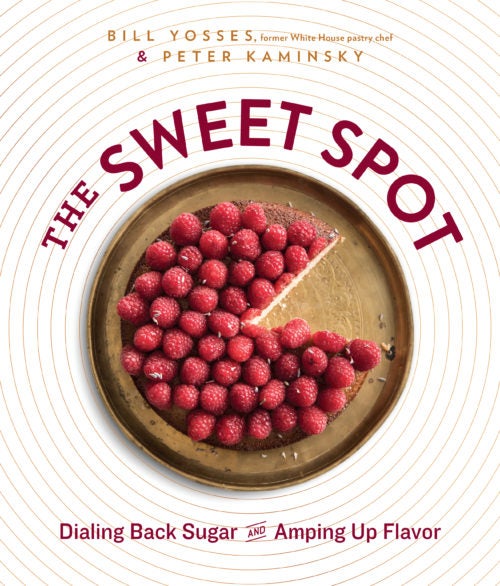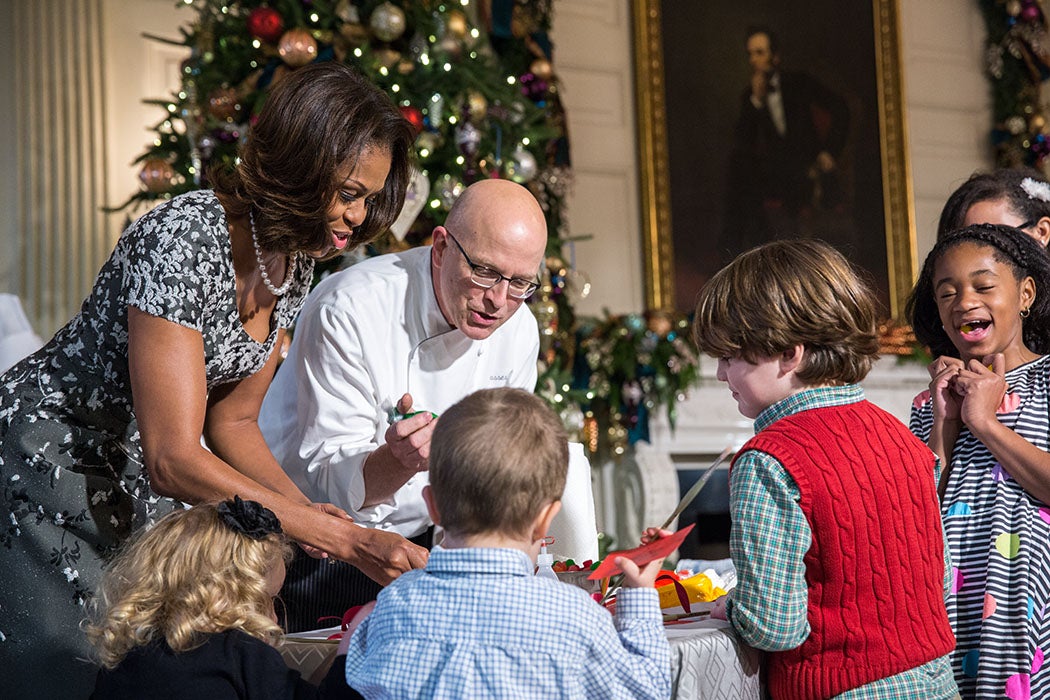
Can you make dessert healthier without compromising taste? Bill Yosses found the sweet spot.
As the former White House executive pastry chef, Bill Yosses recalled recently that representing America through dessert was “a fine needle to thread” during his time serving the Bush and Obama adminstrations. Whether it involved baking a garam masala–spiced pumpkin pie for the prime minister of India or perfecting a cookie replica of Franklin D. Roosevelt’s fireplace, he was tasked with representing America–and all of its farmers, regions, and traditions–while paying respect to other cultures. But when Yosses wasn’t planning menus for state dinners or big events, he worked closely with Michelle Obama on her signature Let’s Move! campaign, which focused on reducing childhood obesity through better nutrition and exercise. Desserts at the White House were modified to be healthier, which set the foundation for his latest cookbook, The Sweet Spot.
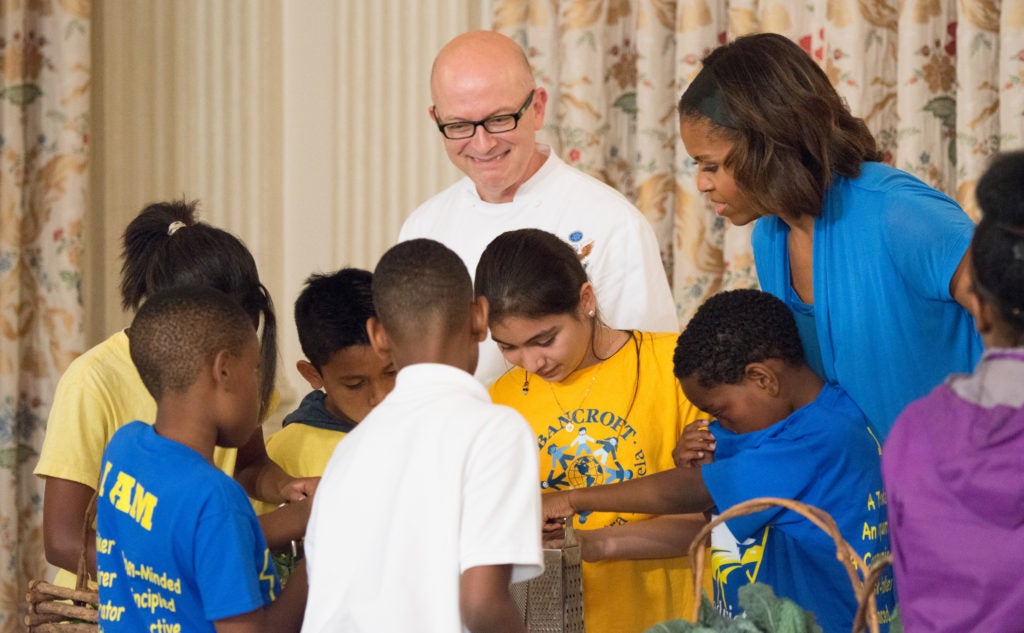
Bill Yosses and Michelle Obama cooking lunch with students in the State Dining Room. Photo by Lance Cheung
In his book, Yosses asserts that desserts can be made healthier by focusing on the natural sweetness of fruits and utilizing whole grains. This doesn’t mean cutting out sugar and fat completely, as there are some corners that cannot be cut. For someone nicknamed “Crustmaster-in-Chief” by President Obama, Yosses stands by using a stick of butter for a flaky pie crust, as it’s necessary for both binding and flavor. That is, dessert isn’t the enemy as long as it’s eaten in moderation. Recipes draw upon White House favorites like fruit cobbler, a popular request from both First Families he served, and a lemon meringue pie, which Yosses claims to be “one of the few things that reached across the aisle and united partisans of both parties.”
But how exactly did this pastry chef navigate dessert menus during the holiday season while upholding the First Lady’s signature initiative? You bend the rules, Yosses explains. Certain times of year were exceptions, with the kitchen still churning out two dozen pies for a Thanksgiving feast and 20,000 Christmas cookies. He looks back on prepping for December celebrations, a White House tradition where President Obama and the First Lady threw a party nearly every day that month to thank those in their community, ranging from their religious institution to the Democratic Party, with over 1,000 attendees each night. Yosses understood there was less of a need to hold back for these blowout holiday parties. But at the same time, wholesome desserts still graced the tables simply because they tasted just as good. Yosses continued to make desserts with fresh fruits and alternative flours, showcasing what was in season.
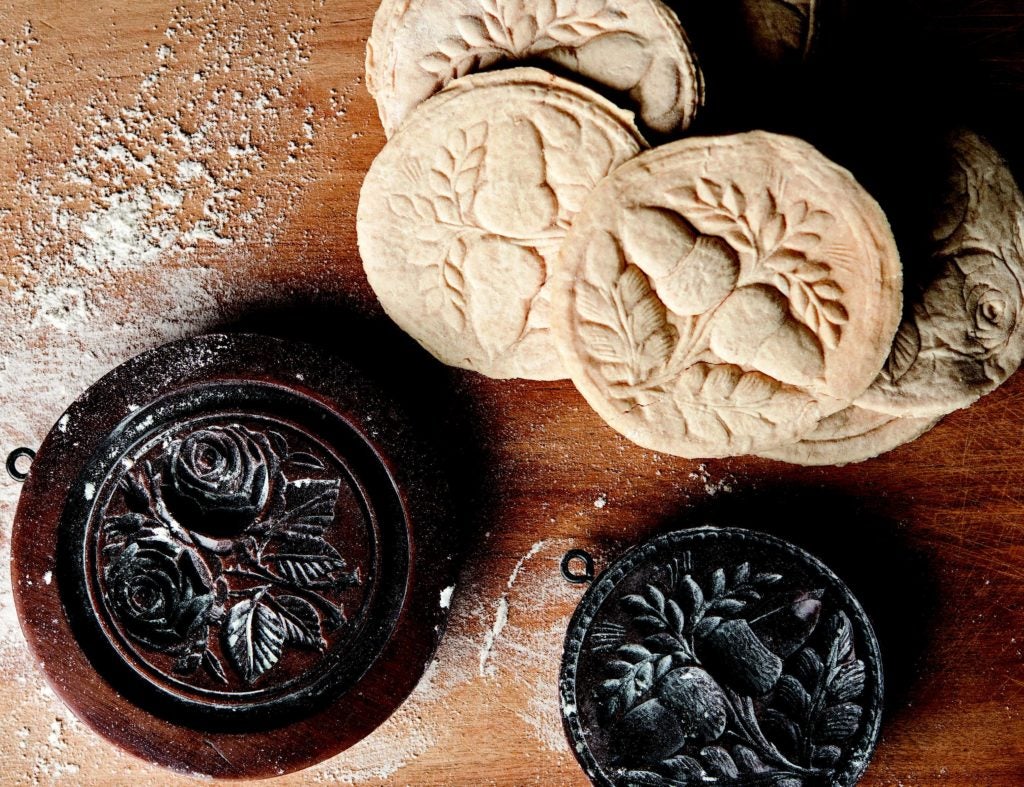
Revising recipes and making compromises for lower fat and sugar content wasn’t incompatible with White House tradition, considering each White House pastry chef is told to make their creations original, Yosses emphasizes. With the White House Kitchen Garden at his disposal, he began to bake with more herbs, relying on their potency to deliver flavor. Yet some White House recipes were best left untouched, especially when it came to the holidays. Baking thousands of Christmas cookies per day was no small feat, leaving little room (or time) for experimentation, but Yosses still includes an adaptation of that gingerbread with less sugar in his book.
Michelle Obama had a lasting impact on Yosses and was a major influence behind the book, helping him crystallize ideas about creating more wholesome desserts that he’d been already been working on for years. “I’m one of thousands of people moved to a kind of civic consciousness after knowing the Obamas,” he says, smiling with admiration. “They’re the kind of people to encourage you to just do something, rather than just sitting on the couch.” For Yosses, that meant eventually leaving the White House and returning to New York City to educate local students on nutrition and promote STEM, continuing his socially conscious mission tied to food.
The former First Lady’s initiatives were met with some scrutiny in the food world, with critics saying she wasn’t doing enough. Some argued that the conversation about eating healthier should have expanded to emphasize cooking. Yosses is understanding of Mrs. Obama’s goals—and quick to defend her. As someone who knew her day-to-day schedule, he says, “She’s the symbol of our democracy. Her time is much better spent being that symbol, talking to people and inspiring them. That’s her role—planning the big things, not [talking about the specifics like] pulling the radishes or being in the kitchen. It’s a cynical and really small-minded approach to think that [her not talking about cooking] is a criticism of the First Lady.”
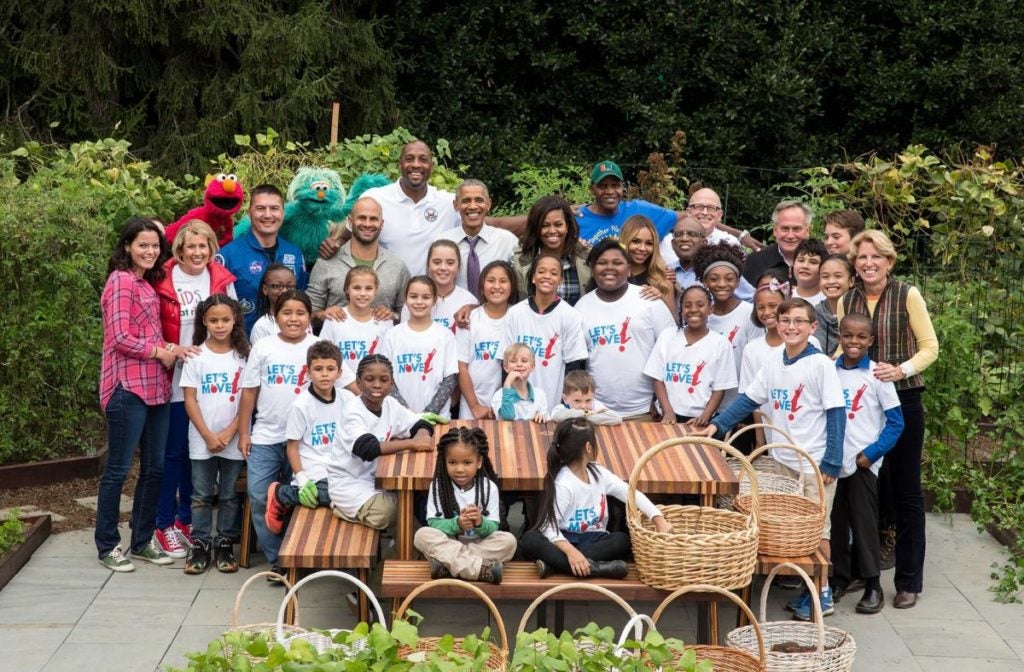
Michelle Obama’s final White House Kitchen Garden Harvest in 2016. Photo by Chuck Kennedy
As both a mom and the leader of a food movement supporting fresh vegetables and fruits, Michelle Obama had to make changes in her own home, starting with snack time for her kids. Yosses points out that there wasn’t a free-flowing buffet of cookies and cakes on offer like many imagine. Instead, there was typically a set schedule, where the team often prepared apples and peanut butter as a more wholesome after-school snack for Sasha and Malia. He clarifies, “Snacking on their own wasn’t permitted. They couldn’t just say they wanted hot chocolate. If it went through Mom, it was okay.”
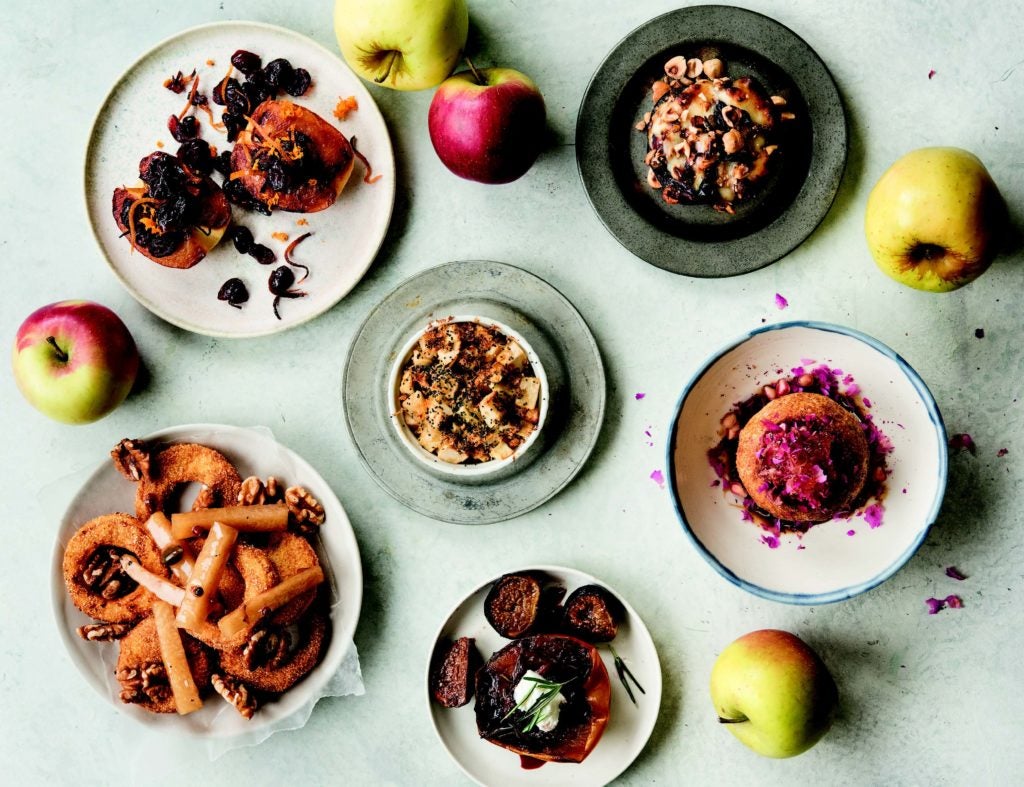
Getting deeper into the secrets of snacking at the White House, he lets readers in on a little gossip. “Every afternoon, a cookie platter was sent up to the First Family’s quarters,” he writes in the book. “Although the family usually did not return until later, the cookie platter was often empty by 2:00 pm. This leaves the only suspects as the long-serving, loyal, discreet, cookie-loving butlers. I was fine with that; they are the unsung heroes of the executive branch.”
You won’t hear Yosses using the word “decadent” to describe dessert, as he disagrees with the idea of food indulgence causing guilt. Being a pastry chef while advocating a better diet may seem to come with some degree of tension, but The Sweet Spot strikes a healthy balance between the two.
Lead photo by Amanda Lucidon. Cookbook photos by Evan Sung.

